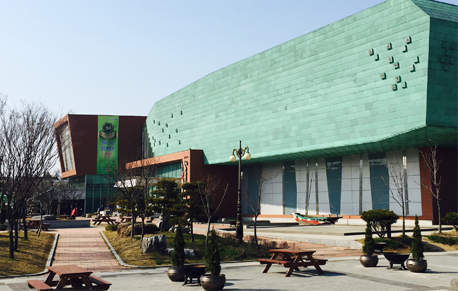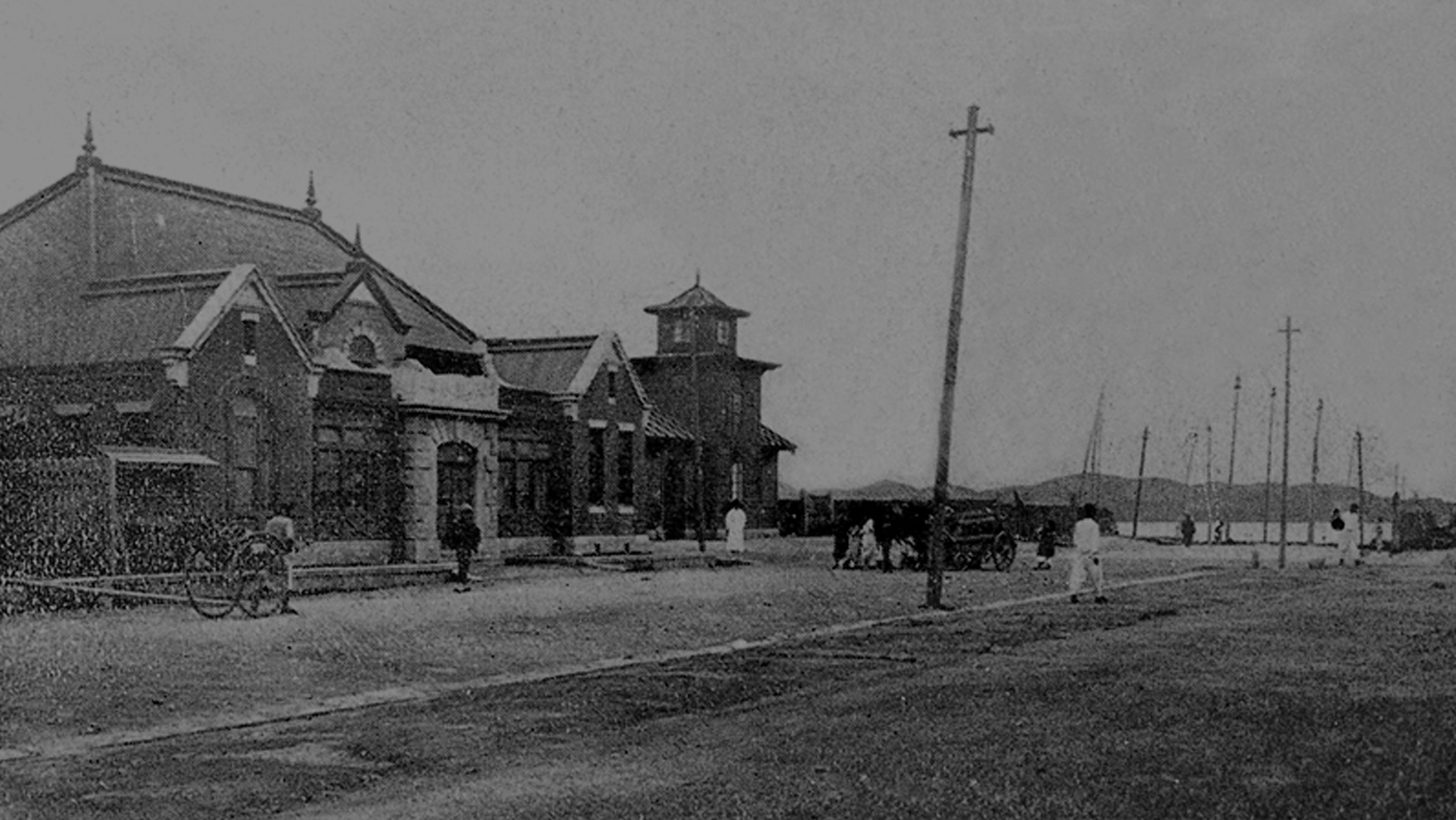
Gunsan City, 100 Years Of History
Jinpo Maritime Theme Park & Streets of Modern Cultural Heritage
General Mu-seon Choi defeated the Japanese naval ships at Jinpo harbor in Gunsan,
and the city later became a base for forced exploitation during the Japanese colonial era from 1910 to 1945.
Located at the mouth of the Geumgang River, Gunsan opened its port in May 1, 1899, following Busan, Wonsan, Incheon, Mokpo, and Jinnampo,
as a result of the Japan-Korea Treaty of 1876, and became the hub for maritime logistics and the ‘city of Japanese people.’
Korean visitors are encouraged to visit the traces of Japan’s economic exploitation and cultural invasion found throughout Gunsan.
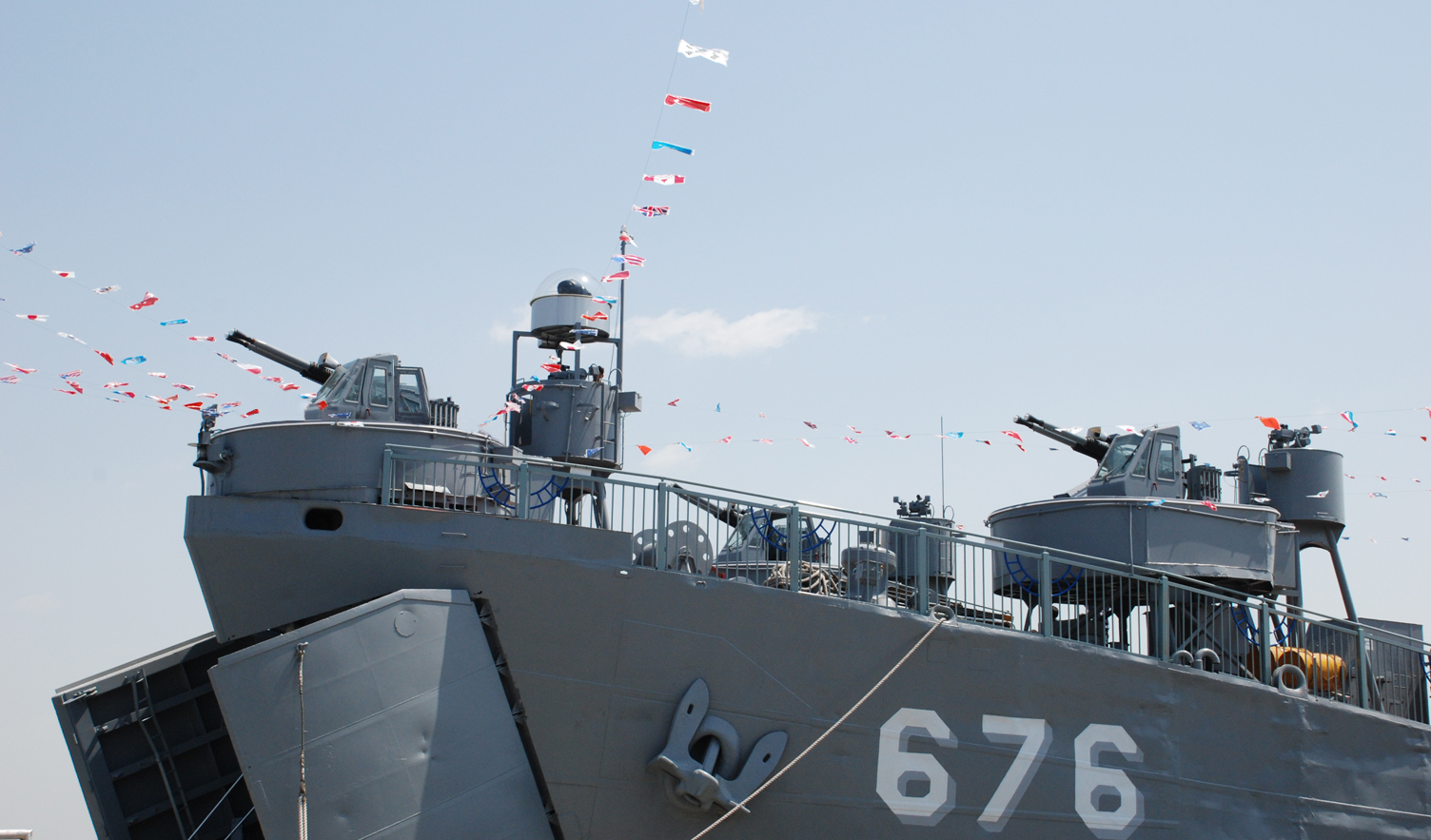
Jinpo Battle and Jinpo Maritime Theme Park
Situated at Naehang Port in Gunsan, Jinpo Maritime Theme Park commemorates the historical significance of Jinpo Battle, the world’s first battle involving naval guns. At the end of Goryeo Dynasty, General Mu-seon Choi defeated over 500 Japanese naval ships by means of cannons. In the center of Jinpo Maritime Theme Park are displayed a total of 16 retired army, naval, and air-force equipment of 13 types, including amphibious armored vehicles, combat planes, marine police ships, and self-propelled guns. Among the exhibits, the 4200-ton landing ship tank anchored at the seashore reveals its dignity. Consisting of two underground and four aboveground floors, the ship was deployed at the landing operations by the Allied Forces during World War II. The inside of the ship is now used as an exhibition hall, and the place also provides opportunities to learn about Jinpo Battle, gunfire and arms, development of ships and naval battles, the Korean War, and Ieodo Ocean Research Station. In particular, civilian tourists will be intrigued by the space prepared for military experience, where they can walk around the eating area, bedrooms, and bathroom facilities actually used by the navy.
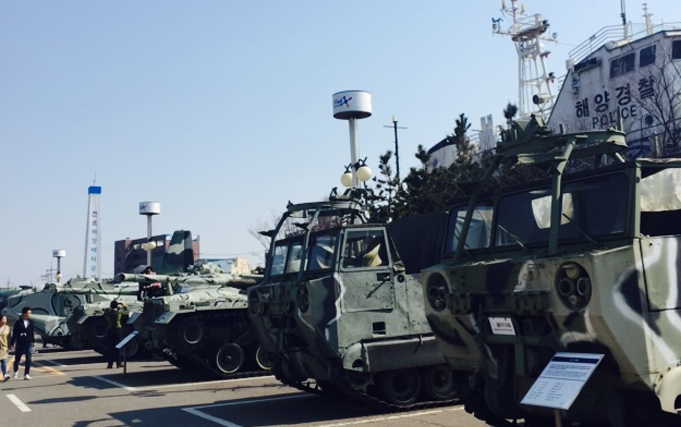
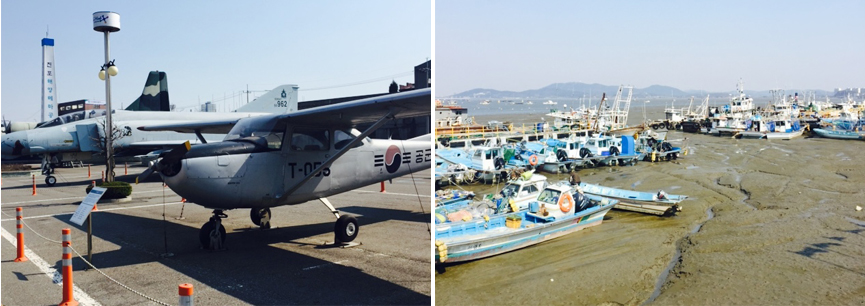
Naehang Port has a low water level and therefore big ships can no longer access the port. The port now has a floating platform, which was used after the opening of Gunsan Port in 1899 to house four 3000-ton ships at the same time. Each day, the port was used to ship out rice harvested in southern Korea to Japan by means of a freight train of 150 cars.
Back to the 1900s ; Streets of Gunsan
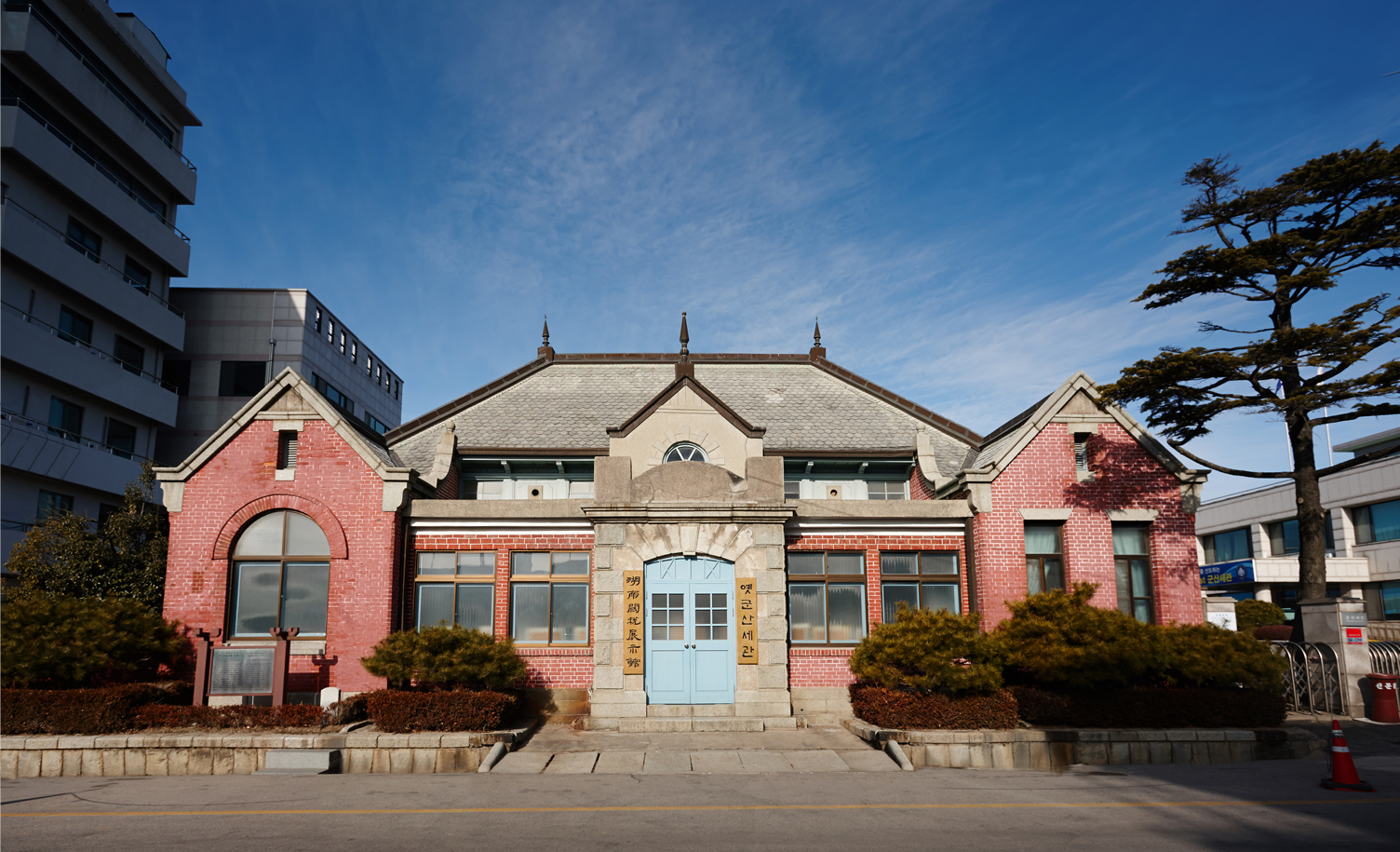

Gunsan is also the background in The Muddy Current, a novel written by Man-sik Chae. Under this title, the novelist attempted to describe the history of oppression and exploitation under Japanese colonial era. Walking around Naehang Port, visitors will witness how Koreans had to deal with the oppressive rule. In order to exploit rice and other grains from the granary zone near Gunsan, Japan used the city as the base. In this regard, the modern buildings in Gunsan invoke a unique, exotic atmosphere and ironically symbolize the invasive capitalism of Japan. Under the slogan “History Becomes the Future,” Gunsan Modern History Museum showcases the city’s past and present, and other modern-style buildings include government buildings and banks built during the Japanese colonial era. Established in 1908, the former Gunsan Customs building is one of the three prominent extant buildings of Western classicism, having a greater presence than the new building currently used by Gunsan Customs. The building of Joseon Granary Corporation, which represents the suffering from the exploitation during the Japanese colonial era, has now become Jangmi Performance Hall. Built in 1907, the building of the former Gunsan branch of The Eighteenth Bank of Japan how houses Gunsan Modern Art Museum.

Slightly far from Naehang Port are the Japanese-style house in Ssinheung-dong and Dongguksa Temple, the only Japanese Buddhist temple left in Korea. The main temple is located in the central area of the premise, and beyond is a Japanese bamboo forest with everlasting green color. In addition, one corner of the temple is occupied by a Statue of Peace as well as the Monument of Repentant and Apologetic Writing, which was the first of its kind established by Japan as a token for repentance of Japans’ invasion of Korea.
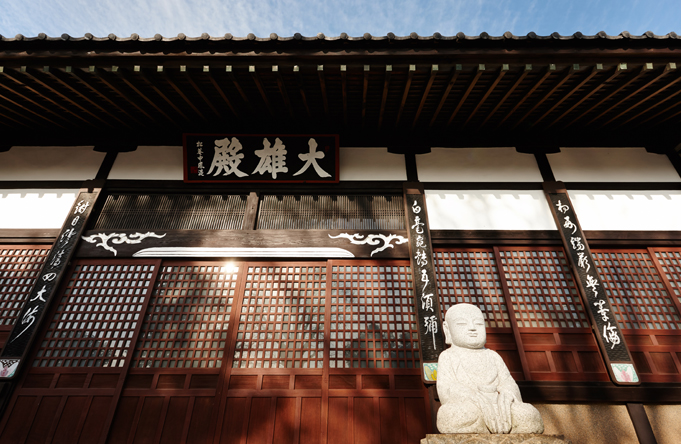
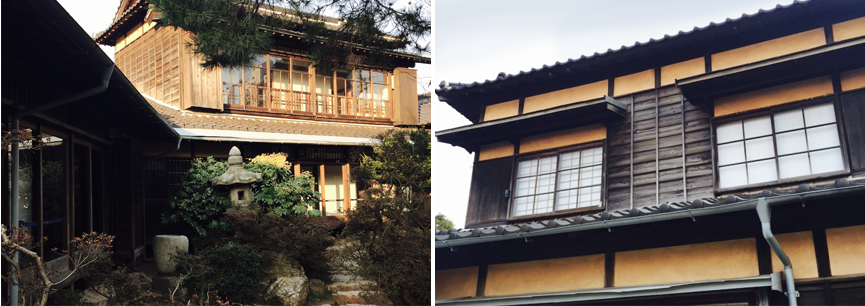
The Japanese-style house, now called “Hirotsu House,” was built by Hirotsu, a Japanese man who ran a linen shop. The house is located in the area that was occupied by wealthy Japanese under the Japanese rule, and the two-story wooden house and its garden have been well preserved.
Place of Memories
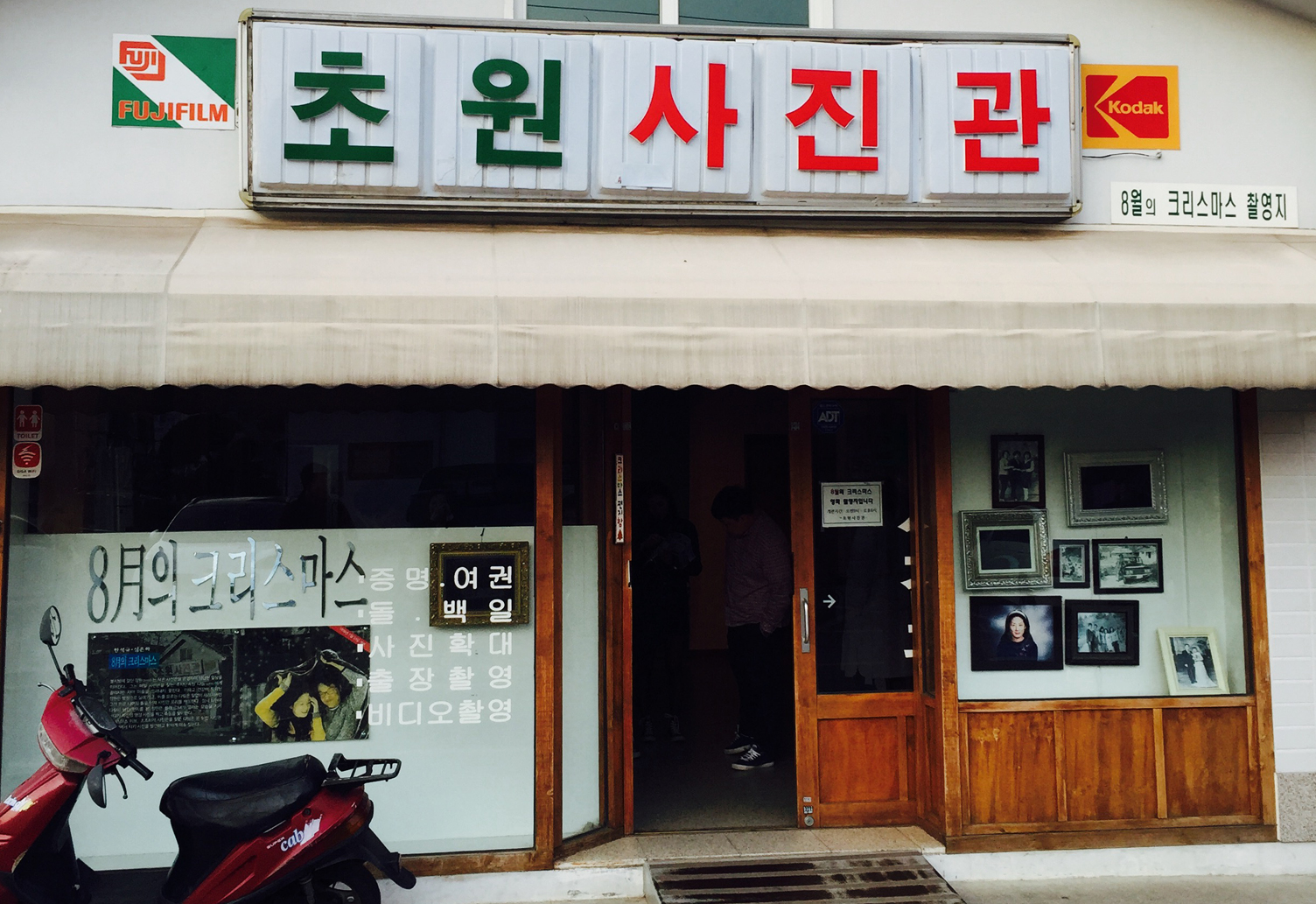

Another tourist attraction in Gunsan is a railway village in Gyeongam-dong. Long beloved by photographers, the village was created during the Japanese colonial era through reclamation before factories producing newsprint were built and railroads constructed in 1944 to transport such products. After 65 years of carrying the tragic stories of the Korean people, the railroad completely came to a halt in 2011. Now, around ten households are living on both sides of the idle railway. The old houses and small warehouses built in the 1970s are packed next to the railway, and murals found across the village illustrate the trains that used to run through the village as well as the past scenes of the village.

Some might wonder why we should preserve the humiliating scenes of history, however, Winston Churchill once said, “A nation that forgets its past has no future.”
This street is perhaps giving us a message that we should never forget our painful history.
